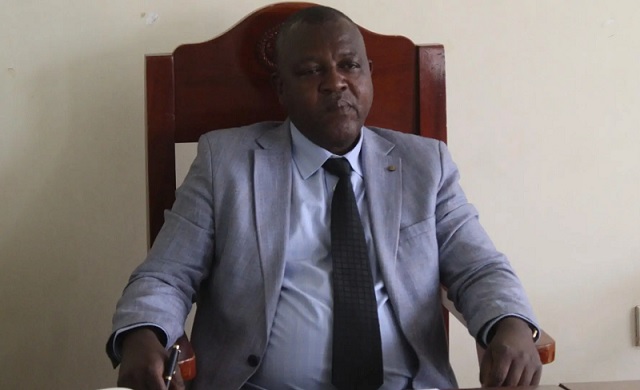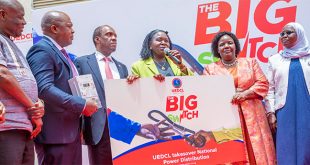
Kampala, Uganda | THE INDEPENDENT | The government through the Ministry of Education and Sports has rolled out the programme for greening schools across the country.
The programme funded by United Nations Development Programme-UNDP together with other partners of Founding Trustee Umoja Conservation Trust and the Ministry of Water and Environment has kick started within 50 seed schools across the country and later shall spread to other government schools.
The programme will also take place at Uganda Petroleum Institute Kigumba. The programme was initially launched in October 2022 by the Minister for Education and Sports, Janet Kataaha Museveni at Teryet High Altitude SS in Kapachorwa District.
The Commissioner for Government Secondary Schools at the MoES, Sam Kuloba while meeting headteachers from the 50 selected seed schools at Rider Hotel in Mukono noted that the ministry took a decision for all schools to be green again as it used to be in the past.
“In the past, if you saw a forested hill, it was either a church or a school. This green cover has since disappeared in most of the schools.” Kuloba noted.
Each school with guidance of the board of governors is supposed to set aside some land where these trees are going to be planted. The government does not expect schools to change the use of land in the short run and they are supposed to make a commitment to that effect.
Kuloba said the government is going to plant trees but it will be the responsibility of teachers to ensure that these schools survive and grow. Once a tree dies, the head teacher must ensure replacement and that is their responsibility.
UNDP has injected 200, 000 dollars in the program aiming at establishing water sources to support tree nurseries, train children how to manage woodlots, participate in planting boundary markers for school land and establish climate smart gardens.
The headteacher for Wanyange Girls SS, Deborah Basekanakyo testifies to planting trees on 40 out of the 103acres that the school owns as one way of encouraging headteachers from seed schools.
One of the outcomes is that the school stopped buying firewood which previously used to cost it 20 million Shillings annually, but now besides getting all the firewood it uses, it also sells to other neighboring schools.
Basekanakyo noted that learners at Wanyange Girls have also copied and adopted the habit of planting trees because of what they see and learn from the school. The school engages them through various clubs such as Wildlife, Environment and Climate Change clubs.
The Program Analyst from UNDP, Daniel Omodo says extra efforts are needed to support the greening of the country. According to him studies conducted at UNDP indicate that in 1950, Uganda was 50 percent forested but the cover reduced to 24 percent in 1990 and continued to go down to as far as 9 percent in 2019 compelling the government to step up conservation practices.
In a recent study conducted last year, the greenery cover has been restored to 12.5 percent. Omodo said the hardest part of planting trees is protecting them against pests and vandalism but once the community commits to the initiative greenery is restorable.
Sarah Mujabi, the Programs Officer at UNDP says once the project is properly handled, it will create healthier learning environment, environmental stewardship and sustainable use of natural resources will be well understood by children.
*****
URN
 The Independent Uganda: You get the Truth we Pay the Price
The Independent Uganda: You get the Truth we Pay the Price



